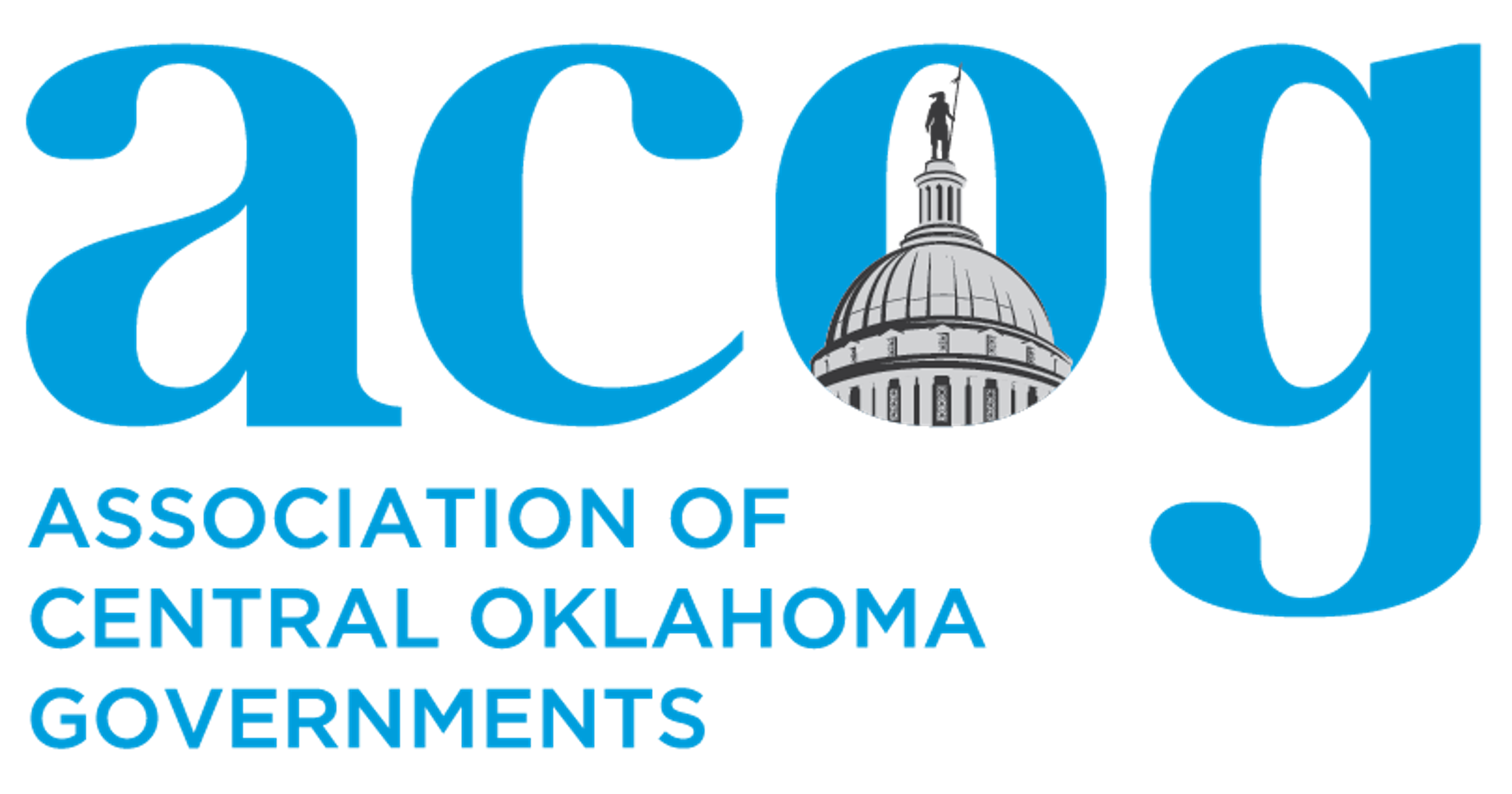
What is Stormwater?
Polluted stormwater runoff is often discharged directly into local water bodies. When left uncontrolled, this water pollution can result in the destruction of fish, wildlife, and aquatic life habitats and can threaten public health due to contaminated food, drinking water supplies and recreational waterways.
Clean Water Act of 1987
Amendments to the Clean Water Act in 1987 required the Environmental Protection Agency (EPA) to address stormwater runoff, after environmental studies indicating that contaminated stormwater is one of the primary detriments to water quality in lakes and streams. Polluted stormwater runoff is often discharged directly into local water bodies. When left uncontrolled, this water pollution can result in the destruction of fish, wildlife, and aquatic life habitats and can threaten public health due to contaminated food, drinking water supplies and recreational waterways.
General permits in 1990 led to regulations that have helped reduce discharges from major industrial facilities and large and medium city storm sewers over the past few years. Oklahoma City is a Phase I city that has had a stormwater program in place since 1990.
Stormwater Permit Issued to Small Systems
On February 8, 2005, the Oklahoma Department of Environmental Quality (ODEQ) issued the general permit for the discharge of stormwater from Small Municipal Separate Sewer Systems (MS4). The permit authorizes discharges of stormwater and certain non-stormwater discharges for systems located in urbanized areas, such as Central Oklahoma, and systems with a population of at least 10,000, but not exceeding 100,000.
Among the requirements that communities will have to fulfill with a stormwater management program are to list and define best management practices, define measurable goals for those practices and identify staff resources assigned to the program.
Phase II regulations require communities to develop a storm water pollution prevention program focusing on a “best management practices” approach that will begin implementation in May 2005. The program must integrate six minimum control measures, including:
- Public Education and Outreach
- Public Participation/Involvement
- Illicit Discharge Detection and Elimination
- Construction Site Runoff Control
- Post-Construction Runoff Control
- Pollution Prevention/Good Housekeeping
There is a wide range of options to meet each of the measures, and not every community must administer each one on its own. For some of them, such as public education and outreach, a regional approach can fulfill the measure. Some communities may not have the personnel and/or financial resources to comply with each measure, so interlocal and regional cooperation may be necessary.
Staff Contacts
John Harrington, P.G., CFM
Water Resources Director
Anita Kroth
Administrative Assistant
Administrative Services
EPA Public Education Materials
The Environmental Protection Agency provides numerous public education materials that help promote good stormwater practices. The link below showcases what EPA has to offer on this subject:
Environmental Protection Agency Stormwater Public Education Materials
ODEQ Resources
The Oklahoma Department of Environmental Quality has a stormwater Web page that includes links to urban maps, the notice of intent and other important information.
Local Resources
City of Choctaw Stormwater Page
City of Del City Stormwater Page
City of Edmond Stormwater Page
City of Midwest City Stormwater Page
City of Moore Stormwater Page
City of Mustang Stormwater Page
City of Nichols Hills Stormwater Page
City of Nicoma Park Stormwater Page
City of Noble Stormwater Page
City of Norman Stormwater Page
City of Oklahoma City Stormwater Page
City of The Village Stormwater Page
City of Yukon Stormwater Page
